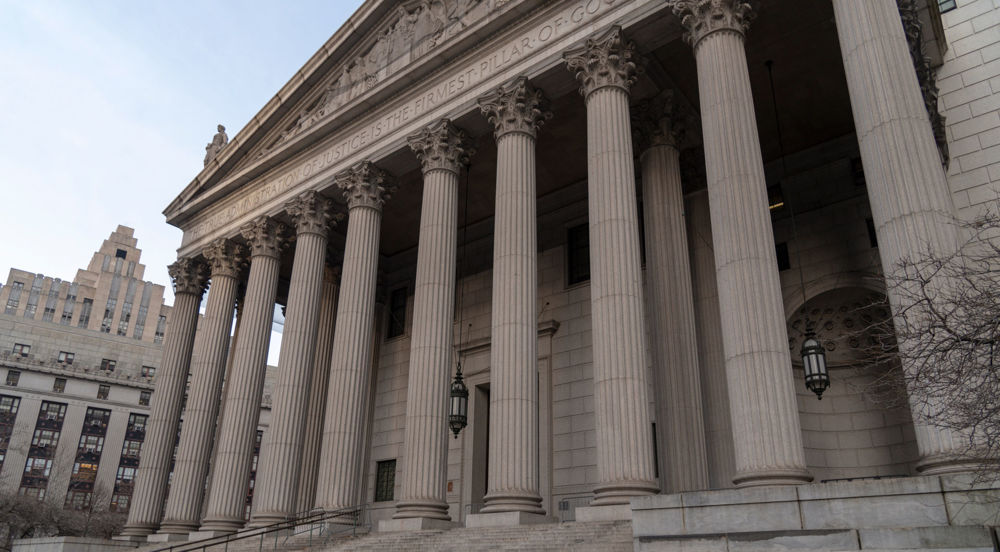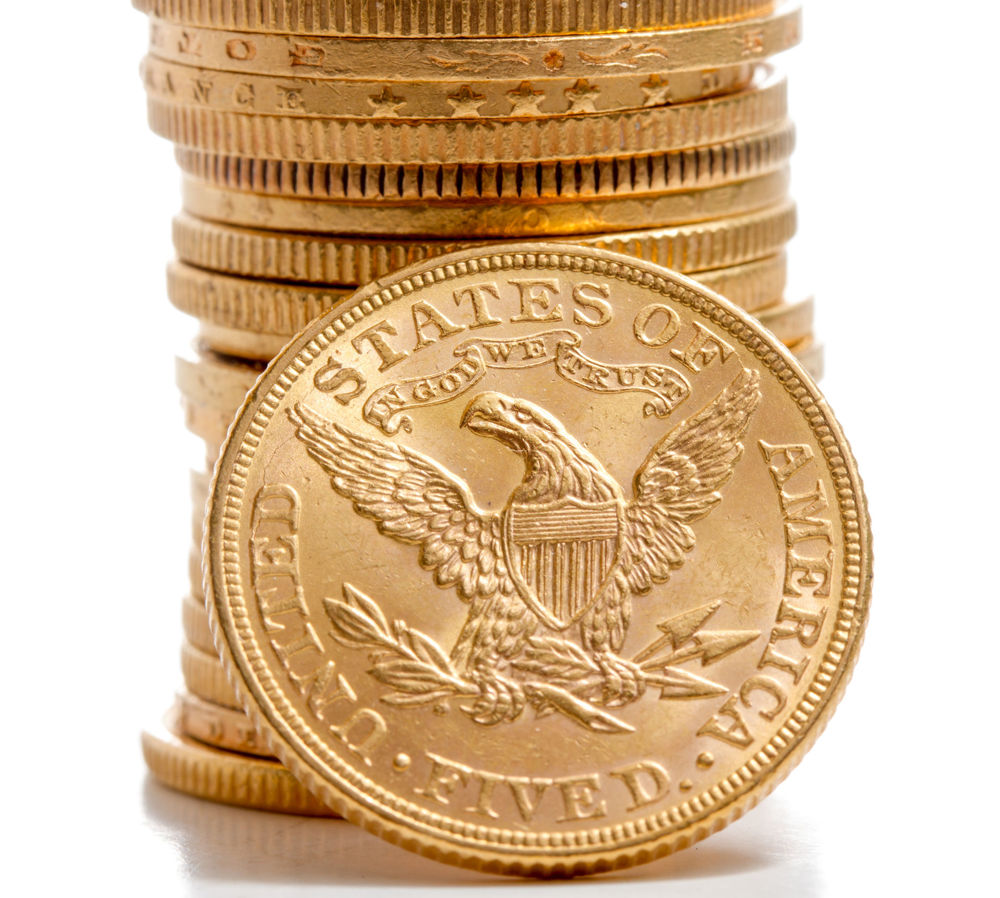Posted on June 30, 2021


Government mints are most recognized for one key thing -- making money.
Not just generating a profit but physically producing and manufacturing the coins used as money in a nation’s economy. However, there’s a lot more to government mints than meets the eye, as they have other roles and tasks that must be performed daily.
Unlike a private mint, government mints can strike coins with an official face value -- coins used in the monetary system of any country originate in that country’s government mints, or their minting is contracted out to other mints. For example, the Royal Canadian Mint (RCM) mints coins for over 70 countries.
In essence, government mints are official facilities where coins (and sometimes bars) are designed and manufactured or where tasks related to metal coins and bars are carried out.
In contrast, a private mint has no official or governmental standing. It is a non-public (hence “private”) enterprise and cannot produce legal tender. If a private mint made a coin stamped, for example, “$1 U.S. Dollar,” they’d be liable for prosecution under anti-counterfeiting laws.
Government mints produce the following:
 Mints produce bullion coins which are valid as legal tender, although typically, their precious metals value far outweighs their face value. Less commonly, government mints also produce bars for investors to invest and store wealth in precious metals.
Mints produce bullion coins which are valid as legal tender, although typically, their precious metals value far outweighs their face value. Less commonly, government mints also produce bars for investors to invest and store wealth in precious metals.Currency is distributed to reserve banks for use by the public, whereas bullion, proof coins, and uncirculated coins are sold to dealers or directly from the mint itself.
The U.S. Mint is one of the most renowned mints globally, producing highly sought-after bullion coins such as the 1 oz American gold eagle and the 1 oz American silver buffalo. The mint also produced the America The Beautiful series of quarters which were put into circulation as currency, and a series of 5 oz America the Beautiful silver coins based on the same designs.
Coins are struck at four locations in the U.S., and each mint marks its coins with a different letter. If you have any American circulating coins on you, you’ll be able to check which mint they originated from by finding the corresponding letter on the coin.
These mints work in tandem, with the Philadelphia facility being the largest mint in the world.
Fort Knox, today synonymous with the concept of security and value, is also part of the U.S. Mint system, used to store bullion and other related products and materials. Throughout all facilities, the mint produces approximately 32 million coins each day.
North of the border lies the Royal Canadian Mint, known for its innovative use of anti-counterfeiting technology. Many Canadian coins, such as the 1 oz silver maple leaf, are micro-laser engraved with images too small to be seen with the naked eye. Bullion coins from this mint tend to be of a high precious metal content. In fact, they mint a 0.99999 fineness or “5 nines” gold maple leaf coin.
The Perth Mint, one of two mints in Australia, produces bullion bars as well as coins. Investors also look to mints in Europe, such as the Austrian Mint, with its famous Vienna Philharmonic series dedicated to the orchestra of the same name, or the Monnaie de Paris in France, which has been operational for well over 1,100 years.
 The face values shown on government mint coins do not always reflect the actual value. Of course, a dollar coin in circulation is worth a dollar, whether it’s a copper 2021 Sacagawea $1 coin or a silver 1848 seated liberty $1 coin. However, bullion or proof coins made out of precious metals tend to have face values that seriously understate the coin’s actual worth.
The face values shown on government mint coins do not always reflect the actual value. Of course, a dollar coin in circulation is worth a dollar, whether it’s a copper 2021 Sacagawea $1 coin or a silver 1848 seated liberty $1 coin. However, bullion or proof coins made out of precious metals tend to have face values that seriously understate the coin’s actual worth.
For example, the 1 oz silver Australian kangaroo coin has a nominal face value of $1 AUD, whereas, at the time of writing, these coins are worth over 60 times that amount based on the coin’s precious metal content. Bullion coins have face values set by government bodies -- in the U.S., Congress sets the face value of a coin.
The famous 1 oz American gold eagle coin has a face value of $50, but the value of 1 troy ounce of gold is currently over $1,700, and this does not factor the cost of manufacturing the coin into the equation. Perhaps the only reason precious metals coins have a face value at all is to symbolize their production at an official government facility?
Bullion coins tend to have a value similar to the spot price of the metal used to make them. They are mostly considered an investment in physical precious metals only, with little to no additional collector’s value or premium.
On the other hand, proof coins sometimes do have additional collectible value, which fluctuates. Additionally, they sometimes have a value far greater than the spot price of their raw materials.
It’s partly through the sale of these proof coins and other collectible items such as commemorative medals and coins that government mints make their money.
They also sell bullion and proof coins and bars to authorized purchasers.
Like private mints, government mints are run like a business in many respects, planning special releases of different coins and numismatic products for the public to enjoy. The U.S. Mint, for example, is actually a self-funded agency dependent on profits to operate.
However, these mints are also responsible for producing a nation’s money, the lifeblood that fuels all domestic and international commerce. The designs that are chosen are selected with care to represent each nation’s values, and the work that goes on behind the doors of each mint is fundamental to the economy of the country each mint calls home.